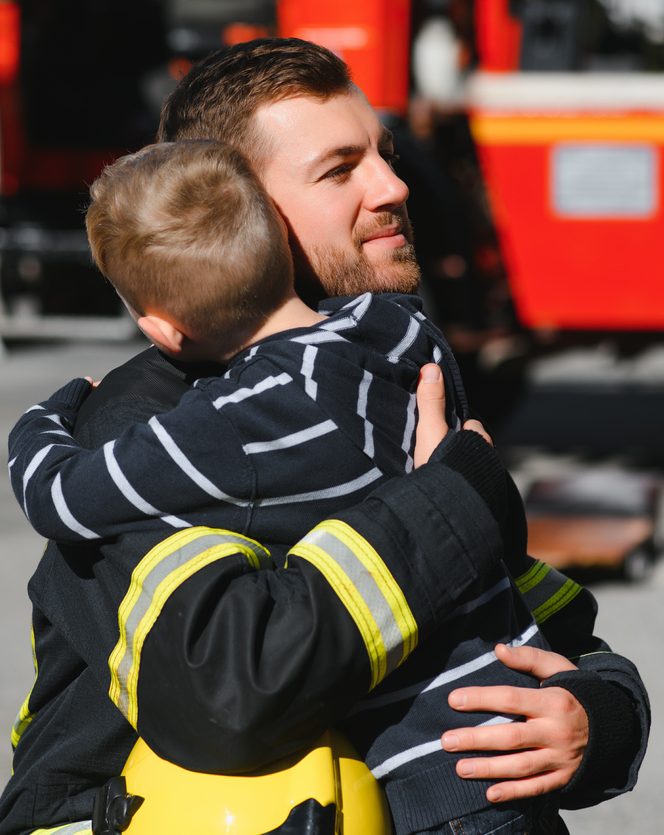If you, your family, or someone you love has been impacted by wildfires- start a GoFundMe to help with relocation costs, temporary housing, rebuilding, medical, and more. Your fundraiser is a safe and powerful way for people to offer their help and support. Learn how to start a wildfire relief fundraiser and use our best tips from the thousands of wildfire relief fundraisers started on GoFundMe.
What to know before you start your wildfire relief fundraiser
- Your GoFundMe may be eligible for a grant from the 2025 Wildfire Fund. Submit your fundraiser for consideration here.
- If you are fundraising on behalf of someone else, you can securely invite that person to set-up the withdraws
- There is no fee to start fundraising on GoFundMe and no pressure to reach your fundraising goal
Fundraising tips for wildfire relief
1. Include the names of the people you are fundraising for in the title
By including the name(s) of the people you are fundraising for, those searching for your fundraiser can find it more easily. For example, your fundraiser title might be “Wildfire Relief for Lisa and Tom Watson” or “Help Jane Doe Rebuild After Pacific Palisades Fire.”
2. Use a photo of the family or person you are fundraising for
With permission, use a photo of yourself, your family, or the people you are fundraising for as the featured photo for your fundraiser. This helps you start fundraising quickly if you don’t have images of the damaged property and helps people scrolling on social media recognize the person(s) you are fundraising for. If you have photos of the fire or the damage it caused, you can include those in the fundraiser description or updates later.
3. Add details to your wildfire relief fundraiser
While your fundraiser description doesn’t need to be lengthy, it should include details like:
- Which wildfire affected you or the people you are fundraising for
- What happened and what you (or they) are experiencing now
- If you’re fundraising on behalf of someone else, include your relationship to them (e.g., friend, brother, coworker)
4. Set a starting goal that can be updated if needed
Estimate the costs for essentials, temporary housing, and rebuilding needs. Consider starting with half the total amount needed to help build momentum with donors. For example, you might set an initial goal between $1,000 and $15,000, knowing you can adjust it later. You can also use GoFundMe’s suggested fundraising goal when setting up your fundraiser to make the decision easier.
5. Share the fundraiser link with 2–3 close contacts before sharing publicly
Before introducing the fundraiser on social media, ask a couple of close friends or family members if they would consider making a donation to help kick it off. Early donations can build confidence in your fundraiser for future donors.
6. Start the process to receive the funds
Begin the authentication process to transfer the funds so that the money can reach your (or the beneficiary’s) bank account as soon as possible.
7. Share the fundraiser every day using different methods
Because people receive news and messages in different places and at different times, posting about your fundraiser just once is not enough. Set aside a few minutes each day to share your fundraiser on different social networks, send an email to friends and family, or even post a flyer with a QR code on a community bulletin board.
8. Film a video update
If you (or the people you are fundraising for) feel comfortable, consider filming a short update using your phone. A video might include:
-
- Gratitude for those who have donated or checked in.
- Updates on temporary housing or assessed damage.
- Additional needs or new details about the situation.
You can learn how to add a video to your GoFundMe here.
